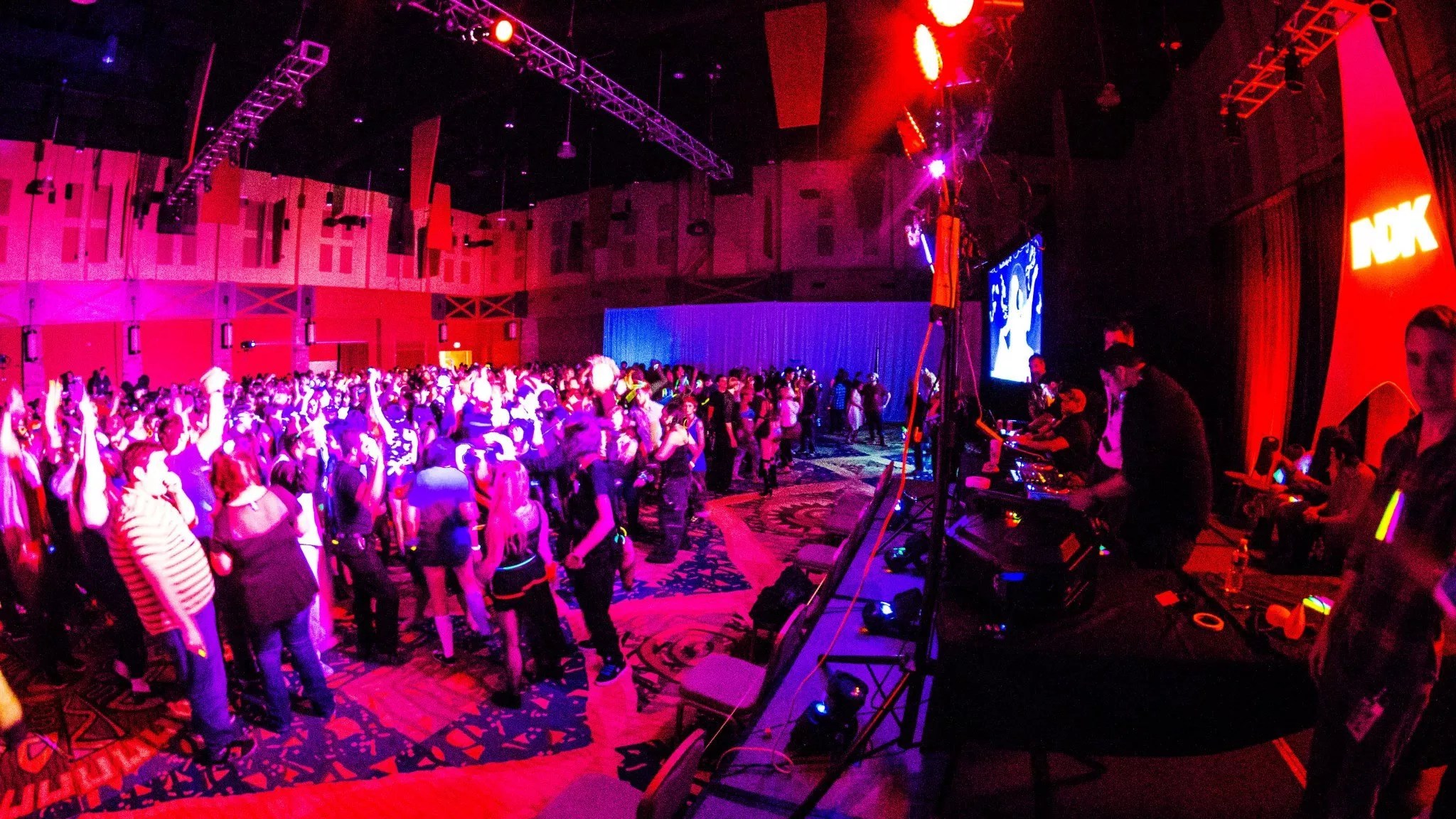

Audio By Carbonatix
Earlier this year, Stephanie Chesler, known locally as the DJ Gramsie, released Denver Dancefloor Data, a community-driven research project examining the city’s nightlife culture. Based on 222 survey responses and thirteen in-depth interviews with artists, supporters, promoters, and staff, the report wasn’t framed as a conclusion, but an invitation. “The findings are shared not as a final answer,” Chesler wrote, “but as an offering, organized to help us reflect on our roles and consider how we might better serve the community we know and love.”
Chesler embarked on this survey after hearing many people express frustration about the Denver dance-music scene over the years. As the research lead for a mid-sized startup, she found her capabilities to gather and disseminate information a way that offers potential solutions. The survey went out in late January, and her findings were published in mid-May. Westword analyzed the public report as well as unpublished responses from the survey.
For many, the report confirmed what they already feel during their best nights out: that Denver still offers space for creative opportunities, sonic diversity and a relatively open dancefloor. Safety topped the list of quantitative metrics with an average score of 4.2 out of 5. Community followed at 3.9, inclusivity at 3.8, and the underground scene at 3.7. Still, one number stuck out: Venues were rated at just 3.1 – by far the lowest score across all categories.
One respondent summed up a common sentiment about the scene in general: “All kinds of music, tons of crews, generally accepting of everyone.” Another echoed that positivity: “Inclusive, supportive, lots of opportunities for local talent.” But further into the responses, the tone shifted.
Despite its high rating, safety was also the most contested topic, and was mentioned often in criticisms and calls for change. Reports of inappropriate behavior, harassment and a lack of accountability surfaced in regard to both clubs and DIY spaces. Multiple respondents described venue staff and promoters brushing off concerns or failing to enforce the safe space policies they advertised. For example, one commented, “Folks are sometimes unwilling to enforce safe space policies and don’t kick out people who violate those policies. Groping and other inappropriate behavior happens at both clubs and some DIY shows.”
That contradiction, between the surface perception of safety and lived experience of harm, was especially sharp for marginalized communities. BIPOC and queer participants, in particular, rated inclusivity lower than the general average. Some described environments that felt exclusionary or even predatory, with the burden of “being included” often falling squarely on their shoulders. “Women, people of color, and particularly gay and trans people are not included in the general culture,” a participant said. “They are sidelined, and do not feel safe in many of the clubs and DIY spaces. Not enough is said or done to ensure all people feel welcome and safe in the musical spaces of Denver.”
Others turned their focus toward stagnation. “Local DJs who have been in the game for a while but don’t contribute anything besides riding promoters for gigs,” one wrote. “No one wants to produce music, throw parties, have a radio show, or give back to the culture.”
While Denver is home to an impressive number of collectives, many seem to operate in silos, according to the report. Collaboration, respondents said, is more the exception than the rule. A web of overlapping crews supporting one another could be a strength, but it often feels like a fractured network of brands competing for attention. Internal rivalries, not shared growth, are perceived to define the energy.
Chesler doesn’t shy away from this. “People have different values and interests, and it’s natural to gravitate toward others who we identify with,” she tells Westword. “At the same time, we need to be willing to engage with people and spaces that are unfamiliar to us. That’s how we grow, and how the scene grows too.”
But no subject drew more sustained critique than the venues themselves, especially the major clubs. Church and Vinyl were frequently called out. The issues were wide-ranging from alleged security misconduct, to disconnected bookings, to an atmosphere that felt more bottle-service than community-led. A respondent put it bluntly: “Church and Vinyl are trash. Security at the Church sucks.”
Much of that criticism tied into a broader anxiety: the creeping influence of corporate nightlife. The sale of Church and Vinyl to Insomniac loomed large in responses (Westword reached out to Insomniac for comment). For a few, it symbolized a shift away from community-driven spaces toward venues built for scale, not stewardship. Within that shift, respondents opined, the city’s independent ecosystem is left struggling to survive.
That same tension shows up in how local artists are compensated, according to the report. While top-billed touring acts command four to five-figure fees, many local DJs and grassroots contributors said they’re often paid little… or nothing at all. “As an independent promoter, I operated in the red for all of 2024 despite bringing in 10+ international artists,” one respondent wrote. Another added, “It’s getting harder to stay true to your vision without compromising it.”
The report ends not with a solution, but a call for mutual responsibility. “I hope it inspires people to contribute in more meaningful ways,” Chesler wrote. “I also hope it inspires people to work together instead of just doing their own thing. That’s a great first step, but we’re all connected, and I think we need to recognize and reflect that in our ventures.”